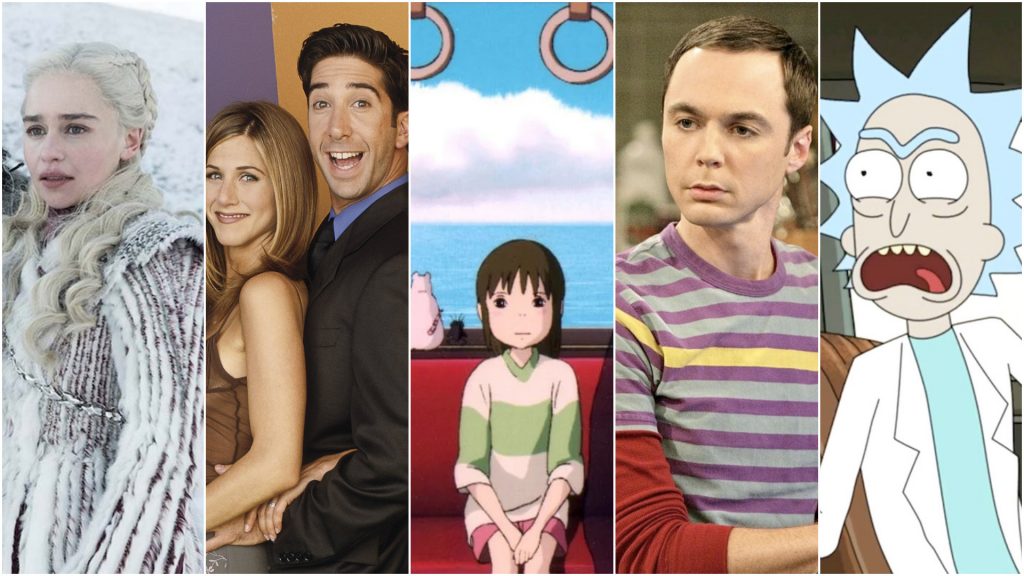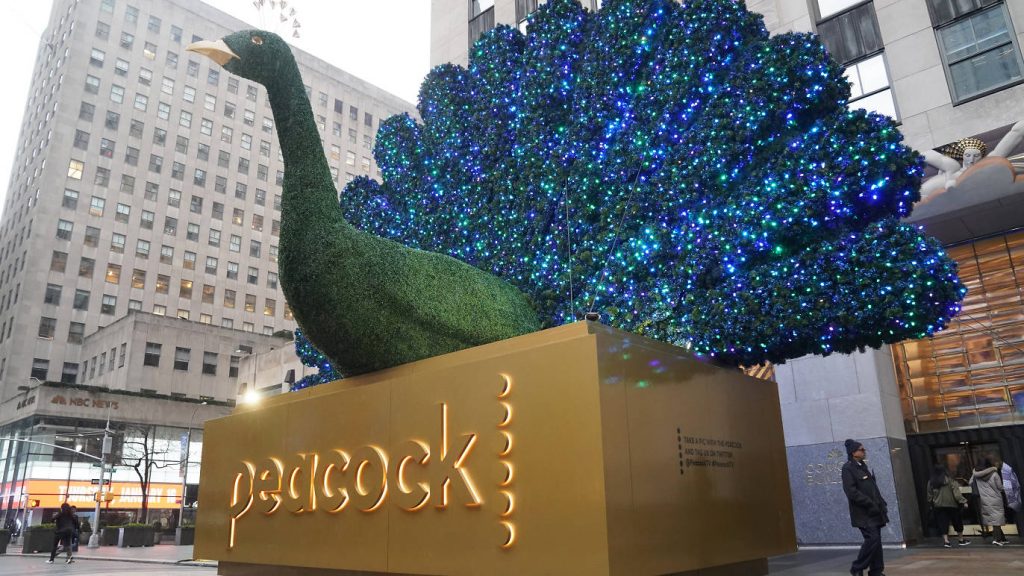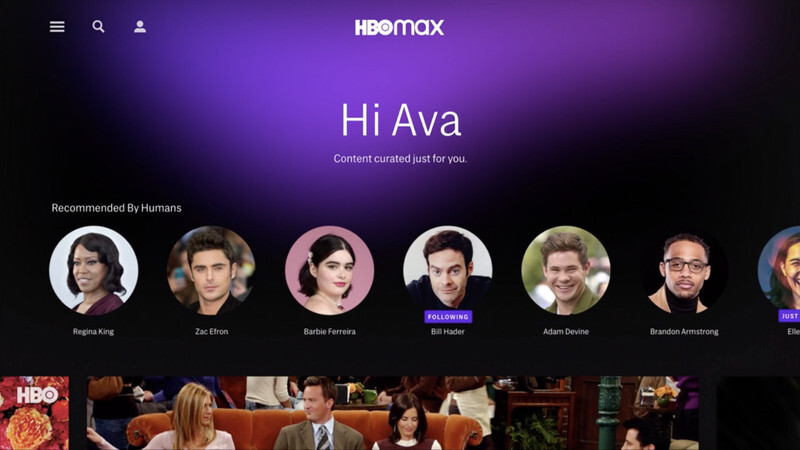
After more than 40 years of operation, DTVE is closing its doors and our website will no longer be updated daily. Thank you for all of your support.
Will AT&T’s HBO Max gamble pay off?

AT&T’s WarnerMedia is not necessarily putting all of its eggs in the HBO Max basket, but it is certainly putting a lot of them there. One billion, two hundred million eggs, to be precise.
It’s often touted around how much streaming companies are spending to acquire content and produce originals, but for companies who already have an immense library at their disposal – like WarnerMedia – the amount of money licensing makes for them often goes underappreciated. As AT&T’s Q1 results this week revealed, by setting aside content like Friends and The Big Bang Theory to exclusively be streamed on the service, WarnerMedia missed out on over US$1.2 billion in licencing revenue during the quarter.
Much more has been made of this figure than, say, the US$150 million that Disney is missing out on by cutting ties with streamers like Netflix (in fact, more column inches were written about on the millions lost by the lack of Baby Yoda merchandise for the holidays), but that’s for a good reason: US$1.2 billion is a lot more money than US$150 million.
It’s also significant in the fact that while Disney is certainly betting big on Disney+, should things go disastrously wrong (and there’s little sign of that happening), it can always fall back on its astronomical box office revenue (a record US$13 billion worldwide in 2019) or its ‘parks, experiences and products’ business (US$6.7 billion in Q4 2019 alone). AT&T has, to quote USA Today’s Jefferson Graham, “bet the farm on HBO Max.”
IHS Markit senior research analyst for home entertainment Sarah Henschel airs a similar level of concern. She says: “WarnerMedia’s investment is a great gamble considering how significant licensing revenue losses will be in the coming year relative to their overall portfolio. If you look at the other new DTC competitors, they seem to be diversifying their risk more broadly than Warner is.”
AT&T will hope that all of those pre-existing properties, ranging from TV series like Game of Thrones to the aforementioned Friends along with films such as the Oscar-leading Joker and entire Studio Ghibli library, will help drive initial sign-ups, but it does have something of a buffer. As previously confirmed, 10 million ‘premium’ broadband and mobile AT&T and HBO customers will have access to the service for no additional cost.
CEO John Stankey said that this is part of an attempt to “have a positive and immediate impact on the stickiness of our wireless and pay TV and broadband offerings.” In other words, HBO Max is a sweetener to prevent churn. The CEO noted that reducing churn by as little as 1% would be worth approximately US$100 million.
In its subscription TV services, churn numbers make for alarming reading. Streamer AT&T TV Now (formerly DirecTV Now) lost 219,000 customers in the quarter and satellite service DirecTV dropped 945,000. That DirecTV number isn’t as bad as Q3’s losses of over 1 million, but it still shows that AT&T needs to plug that leaking ship.
Retaining subscribers is one thing, but attracting them is a wholly different proposition, which is where that US$1.2 billion creeps in again. And at US$14.99 – US$2 more than Netflix’s standard tier of US$12.99 per month and Disney’s triple-streamer bundle at the same price – it will take a lot of selling.
Stankey confidently argued that “HBO Max will be the highest quality premium SVOD in the market with a great experience, better curation, and higher percentage of culturally relevant offerings than competing products,” but the high price point leaves the service with a heavy weight to carry.
Peacock on the horizon
 That’s particularly true when compared with Peacock, the upcoming streamer from Comcast’s NBCUniversal which will launch within a similar window to HBO Max.
That’s particularly true when compared with Peacock, the upcoming streamer from Comcast’s NBCUniversal which will launch within a similar window to HBO Max.
With a free, ad-supported tier, and live coverage of the 2020 Olympic Games, Peacock will fly out the gates with must-see content for the US market. The Olympics being available for free in particular will be a selling point for many, with its full live broadcast on NBC being limited to cable subscribers rather than the free-to-air coverage it receives in much of Europe. Should any part of the 27.5 million viewers who tuned into NBCU’s coverage of the 2016 games decide to try out Peacock, then it will already be in a healthy position.
When it comes to streaming, Warner and NBCU are inexorably and unintentionally tied together due to the former’s decision to sign away the streaming rights to the Harry Potter franchise until 2025. That decision has come back to bite AT&T, with the US$8.5 billion box office series, along with The Office, forming a central part of Peacock’s content strategy.
When considering that Peacock is offering those properties, along with live coverage of the Olympics and the English Premier League for US$4.99 per month, the NBCU streamer certainly appears to be a better value proposition for the customer who is already likely to be juggling a handful of subscriptions.
Both streamers are trying to capture a wide, general audience (or to use the terminology of Warner’s key performance objectives: the “highest quality, premium SVOD that appeals to a wide demographic”) but their strategies and prices are vastly different.
Jostling for position
Comparing HBO Max with Peacock, Disney+ and other premium streamers, IHS Markit’s Henschel surmises that none of AT&T’s competitors are as reliant on their streaming business: “Apple is able to lean on significant device penetration and sales for their streaming service. Content losses for Apple are much more easily masked by their gains in other divisions of the company.
 “Disney+ has a cohesive IP strategy, revenue streams from consumer products, theatrical box office, and their parks. Disney+’s partnership with Verizon also offers a strong subscriber base buffer at launch, which is already larger than the penetration of HBO Now.”
“Disney+ has a cohesive IP strategy, revenue streams from consumer products, theatrical box office, and their parks. Disney+’s partnership with Verizon also offers a strong subscriber base buffer at launch, which is already larger than the penetration of HBO Now.”
Of the Peacock-owner, Henschel adds: “NBCUniversal comes from a similar place as Warner, but they also have parks, integration with Comcast and Cox, and an ad-based revenue strategy. This ad strategy relieves pressure from exclusive streaming revenues.”
Notable in its absence from this discussion is Netflix which, as previously discussed, is increasingly turning towards international expansion as the domestic US market becomes increasingly congested – its US subscriber base in Q4 grew by only 420,000 compared with 1.75 million for the same period a year ago.
Henschel that Netflix’s approach is based on it being at the top of the American pile. “These new entrants are still getting on their feet domestically and it will take years for them to scale up to the international penetration that Netflix holds,” she said. “Netflix still remains a market leader regardless of this new domestic saturation.”
For AT&T as it attempts to scale up to Netflix’s level there are still questions over the viability of a product of HBO Max’s price, regardless of how much content it offers. The company has said it will launch a cheaper, ad-supported tier in 2021, but Henschel notes that “these losses may put pressure on them to accelerate the AVOD option of their service to build out more robust revenues in the near term.”
It remains to be seen whether HBO Max will be the overwhelming success that Stankey and co. assert will be, but based on AT&T’s latest results, much more stake will be placed on the service than perhaps was originally thought.


